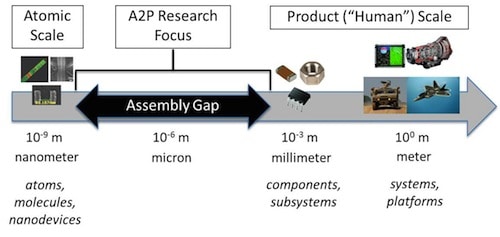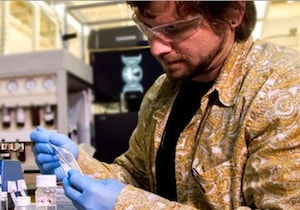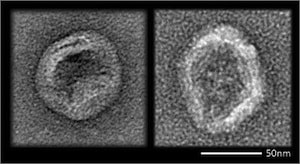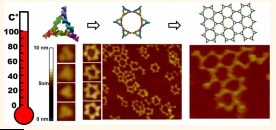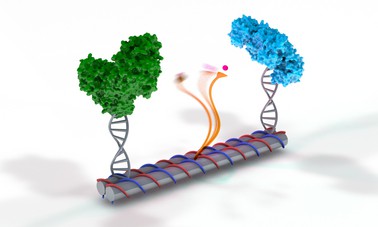Register by Sept. 5 to attend a Proposers Day webinar on either Sept. 9 or 11 to learn the technical objectives of DARPA’s new “Atoms to product: Aiming to make nanoscale benefits life-sized” program.
DARPA announces new program on nanoscale assembly and integration
